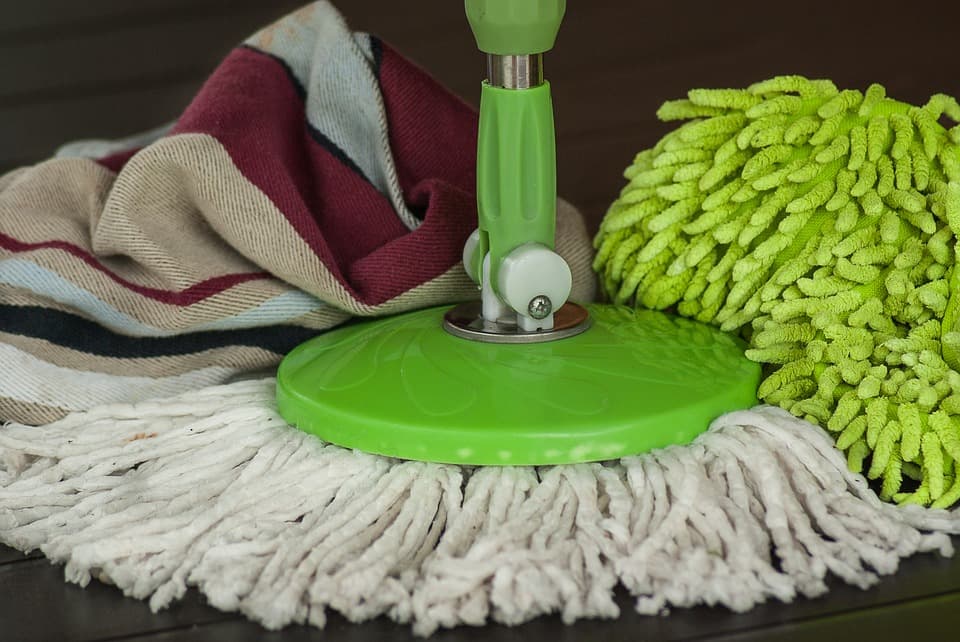Home Inspection Checklist

- Is there standing water over the septic tank or the drain bed or around the foundation of the house? When was the last time the tank was pumped? Are the cover and tank in good repair? You should also contact a certified professional to conduct a thorough inspection of the system to make sure it meets all state and local building and health codes before you bid on the property.
- Is the peak straight and level or do you see signs of sagging? Also look for worn or missing shingles, loose flashing, rotting under decking or trim.
- Do all doors, inside and out, fit square? Look for signs of rot around door trims and especially the thresholds. Also look for signs of cracking at the thresholds that might indicate a problem with the foundation. Check to make sure the doors all seal properly, too, or your winter heating bills could be sky high.
- Look for gaps and rotting around window frames. Also check to see how old the windows are. Are the windows energy efficient and easy to clean? Look for broken panes in basement and attic windows that are most often overlooked.
- Check the driveway for cracks and crumbling. Also look for dips in the pavements that might indicate a problem with the soil underneath. Has the driveway been recently sealed?
- Walk the entire fence to look for gaps. Especially if the fence is covered up by foliage. If the property has a pool and one of the neighborhood kids can sneak through your fence, you're liable if there's an accident.
- Make sure all of the gutters slope toward the downspouts and the the downspouts extend away from the house. Look for signs of pooling water around the foundation and check for rust and leaks on the gutters.
- Look for loose pieces of siding, gaps and holes. If there are loose pieces, check for water and weather damage underneath.
- In most cities it's the property owner's responsibility to make sure the sidewalk in front of their property are in good repair. Look for cracks and crumbling and possible tree root damage.
- Note the slope of the property and look for signs of standing water around the foundation. Also look at decks and door and window jams closely. When a door or window won't shut properly it could indicate a problem with the foundation.
- Look at the furnace and air conditioner. Are they clean and in good repair? How old are they? Will they need to be replaced soon? What are the average bills? When was the last time the vents were cleaned?
- Again, you want to know how old the units are, are they clean and in good repair? Look for signs of leaks on the floor around both units. Is the water heater large enough to handle your needs?
- Check the breaker box. If the house is still using the old fuses, you're going to need to replace that electrical system soon. Check all light switches and electrical appliances. If you're a computer family, look to see if there are enough outlets in each of the rooms to handle your needs.
- Flush toilets and turn on taps to check the water pressure. Look at pipes under sinks and in the basement and check for leaks and signs of water damage. It's also a good idea to have a licensed plumber perform an inspection of the entire system out to the point where your pipes meet up with the municipal pipes to make sure there's no hidden, underground pipe damage that could result in costly repairs.
- Make sure there's a masonry cap on the chimney and that it's not cracked or broken. Look for signs of loose bricks and mortar and find out when the chimney was last cleaned. Make sure the flue works.
- Is the attic well insulated? There should be a minimum of 14 to 18 inches of insulation. Look for visible water leaks and signs of mold or mildew.
- Check attic windows to make sure they are secure, unbroken and have a lock. Look for mold or mildew or signs of water damage on the walls and floor and look for cracks in the walls that could indicate a problem with the foundation and the drainage around the house. Also, remember to check the sump pump to make sure it's in good working order. To do that, just pour enough water into the sump to raise the float to the level where it kicks on automatically.
- If the home has wood floors, are they in good repair with no signs of rotting, splintering or exposed nails? Are the floors level? Pay close attention in high traffic areas and doorways.
- Turn on the water, both hot and cold, to check the pressure and look for leaks. Be sure to pay close attention under sinks for signs of water damage, mold and mildew. Check the caulking around all fixtures and make sure tiles are secure. If you see loose tiles, also check for water damage on the walls behind them. Flush toilets and watch for clogs or leaking.
- As you're inspecting the house, look for signs of settling like cracked walls or misaligned trimming. Always check every ceiling for signs of water damage or cracking, too.
- Buying a home is the single largest investment that most people will ever make. For that reason it's vitally important that you do everything you can to protect that investment. This checklist offers suggestions on what to look for when you're initially inspecting a house but you should never negotiate the final selling price until you've had each system in the home inspected by a professional home inspector.
It's more important than ever before that, before buying that house you've been looking at, have a home inspection performed by a qualified professional As housing prices continue to drop more and more people are looking into the possibility of finally buying their first home. And even more people are looking at these lower prices as an opportunity to pick up some inexpensive investment property. While it's true that there are some very good deals out there on houses right now, buying Real Estate, whether it's for your own home or as in investment, should never be taken lightly. Some of those foreclosure properties that you see going up for auction have attractive looking opening bids.
Tips
Before you start raising your paddle at the next auction you should stand back and be a spectator for a while. Most of those homes never sell at foreclosure auctions and there’s a reason for that. The minimum opening bid includes the balance owed on the mortgage plus and interest that’s accrued and, in today’s housing market, that minimum bid is oftentimes more than what the property is currently worth. Think about it. If there were already enough equity built up in the home, the owner would have sold it himself and cleared the loan. But you will find some foreclosure properties that are reasonably priced and that’s when you need to get a home inspection done first, before you start bidding. Some of those foreclosure properties have been vacant for months. Utilities have been turned off and if the house was vacant over the winter the pipes could have frozen. Since no one’s been living in the house it’s also been a welcome retreat for rodents and insects – or even larger creatures! Vandals may have made their way in, too. Anything could have happened in that house if it’s been vacant for awhile and, while it’s best to have a professional conduct your inspection, we’ve put together a home inspection checklist to help you determine the true value of that property BEFORE you make your opening bid.
Table of Contents
Related Checklist

Cleaning
Michelle.Tako

Daily To Do List
Checklister
Related Checklist Templates
More Checklist Templates
"Home Inspection Checklist" not suitable?
Search the World's largest free library of checklist templates







